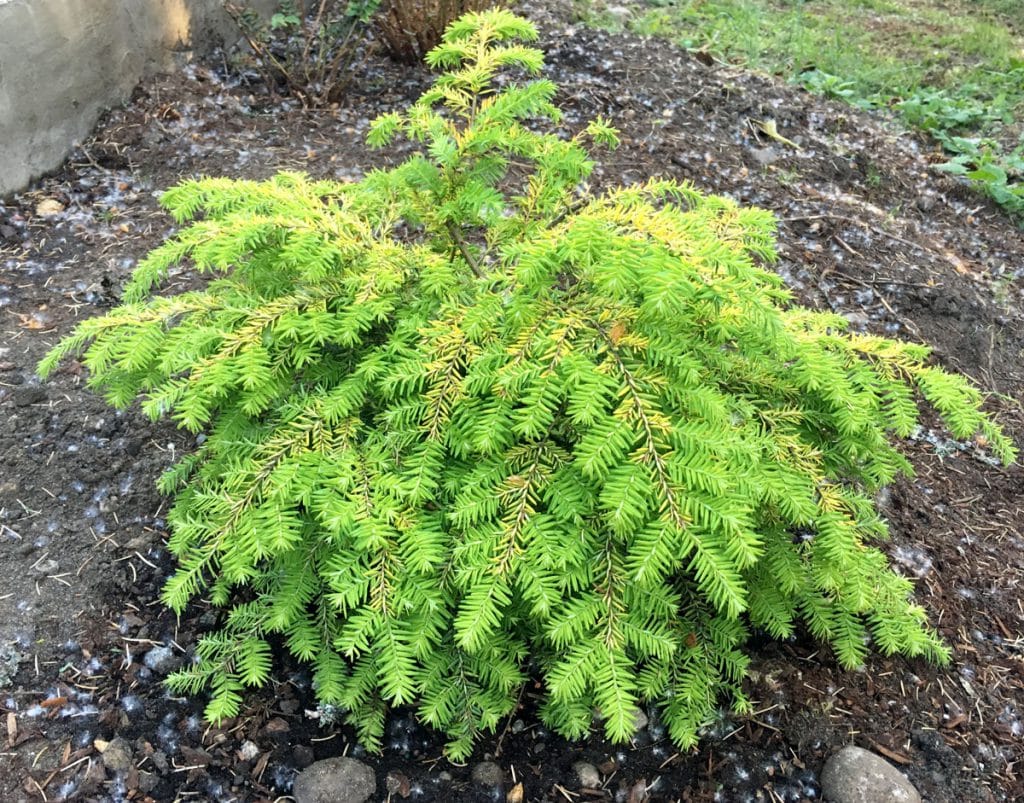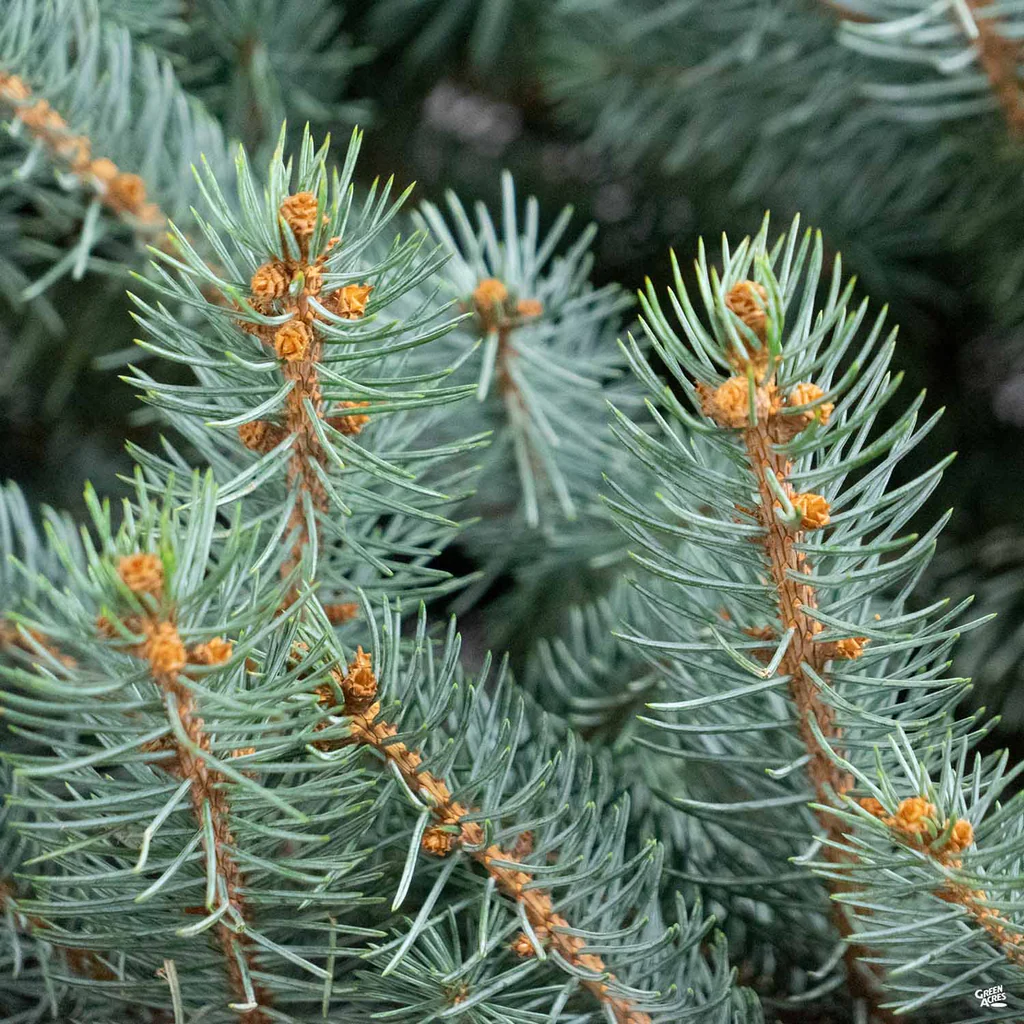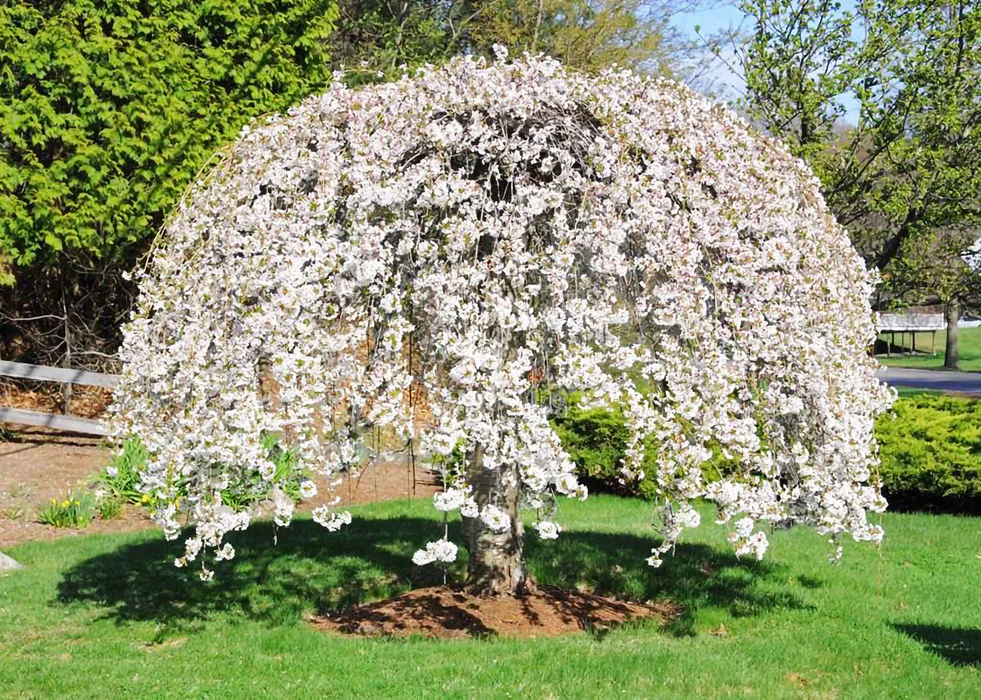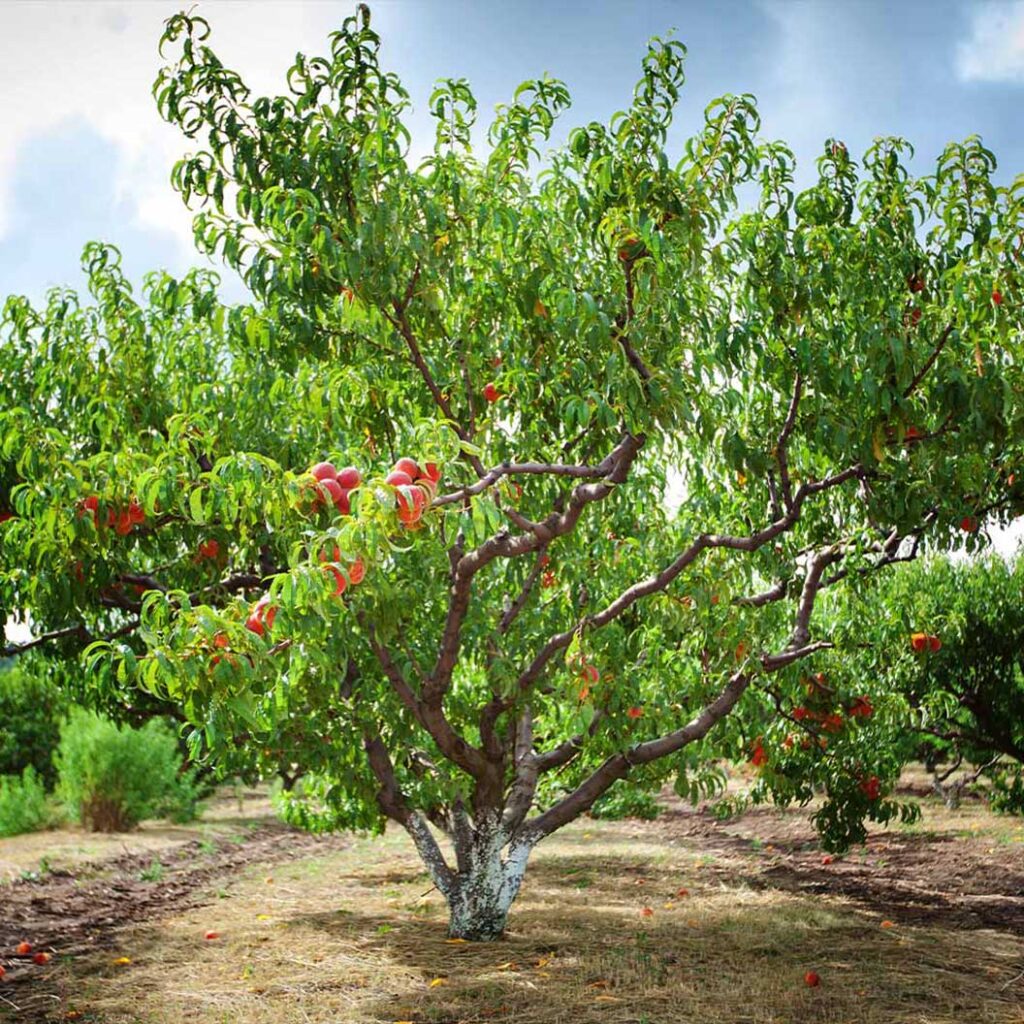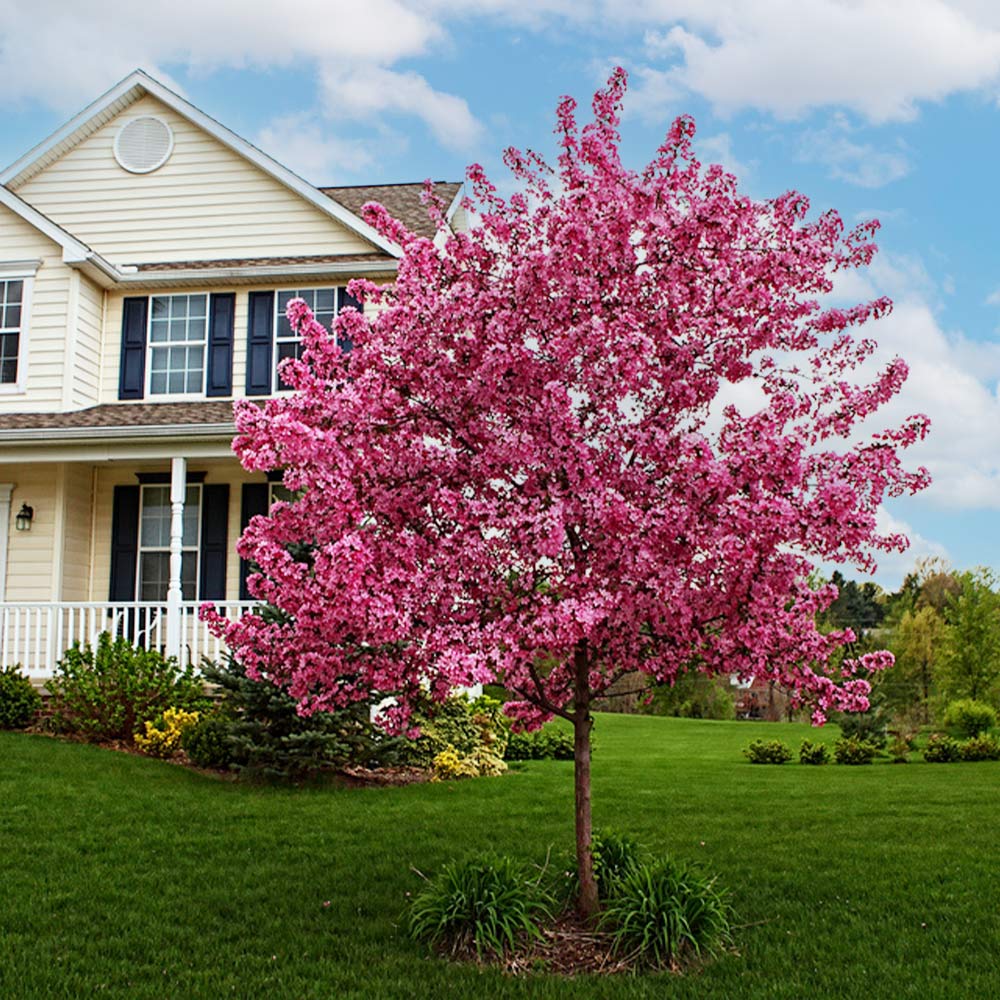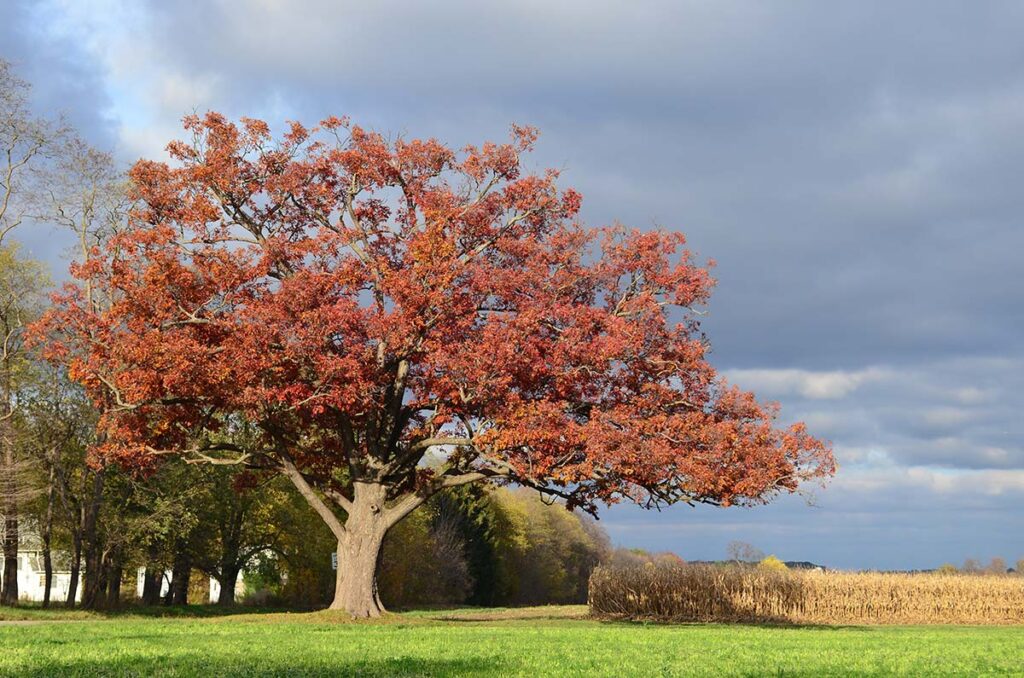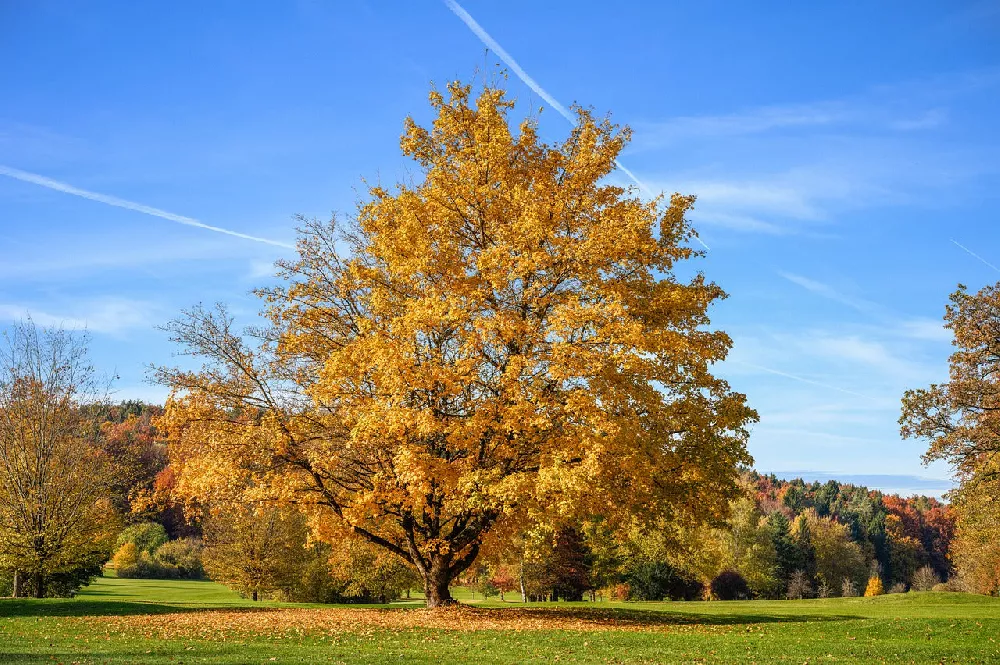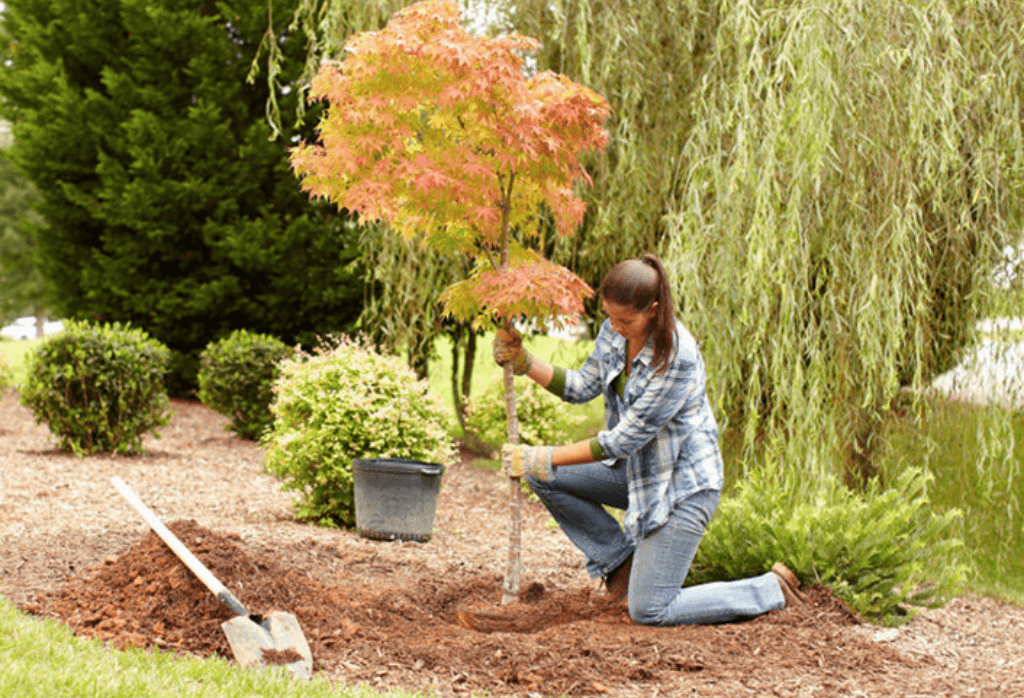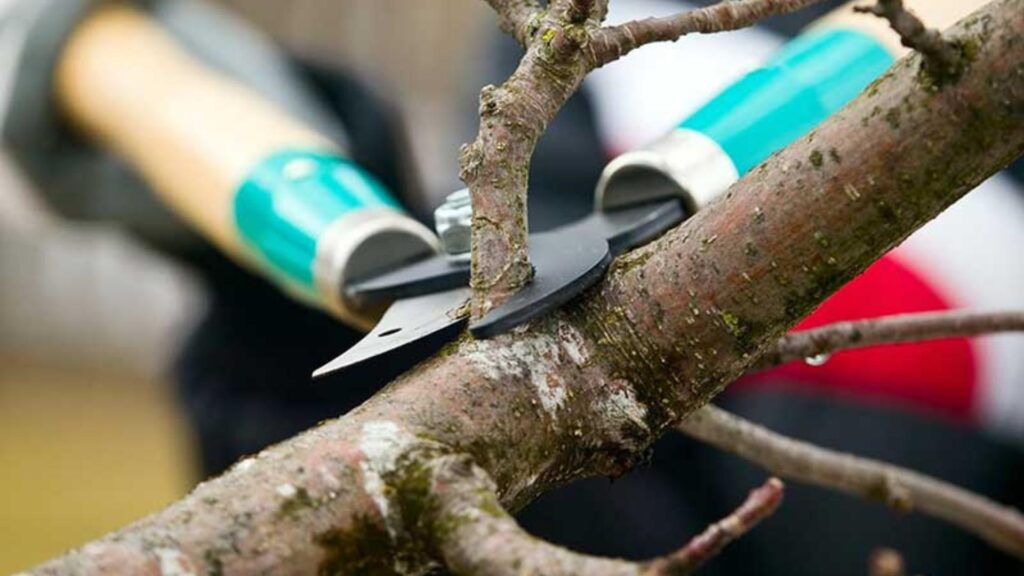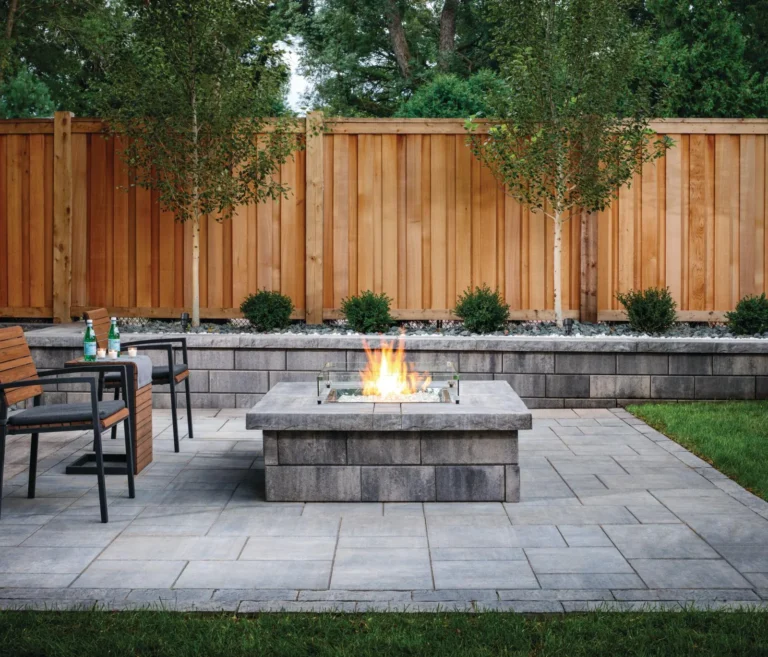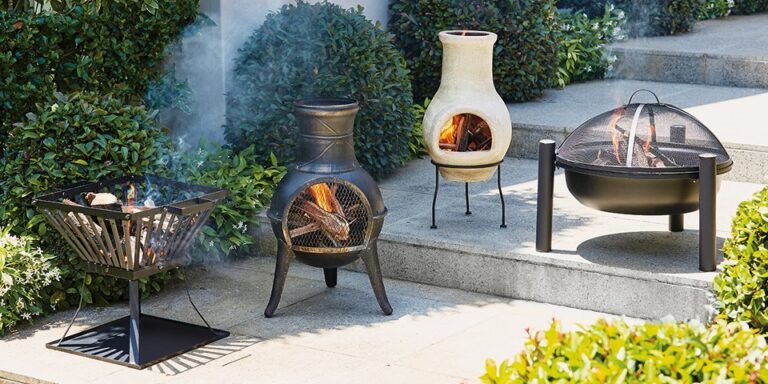How to Choose and Grow Patio Trees for Zone 4
Do you have a small patio or balcony that needs some greenery and color? Do you want to enjoy the benefits of having trees without sacrificing too much space? If so, patio trees are the ideal solution for you. Patio trees are trees that are grown in containers and can be moved around as needed. They can provide shade, privacy, flowers, fruits, and fragrance to your outdoor living area. Patio trees are also easy to care for and can be adapted to different climates and seasons.
However, not all patio trees are suitable for Zone 4, which is one of the coldest regions in the United States. Zone 4 has an average annual minimum temperature of -20 to -30 degrees Fahrenheit, which means that many trees cannot survive the harsh winters. Therefore, you need to choose patio trees that are cold, hardy, compact, and low maintenance.

In this article, we will show you some of the best types of patio trees in Zone 4, how to plant and grow them, and how to care for them throughout the seasons. By following our tips, you will be able to transform your patio into a beautiful and functional oasis.
Best types of patio trees for zone 4
Many types of patio trees can suit different preferences and purposes. However, not all of them can withstand the cold and frost of zone 4. Therefore, you need to choose patio trees that are hardy, compact, and low maintenance. Here are some of the best types of patio trees for zone 4, divided into three categories: evergreen, flowering and fruiting, and ornamental and shade.
Evergreen patio trees
Evergreen patio trees are ideal for adding year-round color and texture to your patio. They can also provide privacy, windbreak, and shelter for birds and wildlife. Some of the evergreen patio trees that can survive zone 4 winters are:
- Golden Duke Eastern Hemlock: This is a dwarf variety of the native eastern hemlock, with golden-yellow foliage that contrasts with the dark green needles. It grows up to 6 feet tall and 4 feet wide and prefers partial shade and moist, well-drained soil. It is resistant to deer and insects and can tolerate pruning and shearing.
- Jade waves fernspray false cypress: This is a graceful and elegant evergreen tree with arching branches and feathery, fern-like foliage. It has a blue-green color that turns bronze in winter. It grows up to 8 feet tall and 6 feet wide and prefers full sun and moist, well-drained soil. It is drought-tolerant and deer-resistant and can be shaped into a topiary or bonsai.
- JeanGenie Colorado blue spruce: This is a compact and slow-growing variety of the Colorado blue spruce, with silvery-blue needles and a conical shape. It grows up to 5 feet tall and 3 feet wide and prefers full sun and well-drained soil. It is drought-tolerant and deer-resistant and can be used as a specimen or accent tree.
Flowering and fruiting patio trees
Flowering and fruiting patio trees are perfect for adding beauty and bounty to your patio. They can produce stunning blooms in spring, followed by edible fruits in summer or fall. Some of the flowering and fruiting patio trees that can thrive in zone 4 are:
- Snow fountains weeping cherry: This is a dwarf and weeping variety of the ornamental cherry, with cascading branches and white flowers that resemble snow. It grows up to 8 feet tall and 6 feet wide and prefers full sun and well-drained soil. It is disease-resistant and deer-resistant and can be grown in a container or trained on a trellis.
- Prairifire crabapple: This is a disease-resistant and colorful variety of crabapple with dark red flowers, purple foliage, and glossy red fruits. It grows up to 15 feet tall and 10 feet wide and prefers full sun and well-drained soil. It is drought-tolerant and deer-resistant and attracts birds and butterflies.
- Reliance peach: This is a hardy and productive variety of the peach, with pink flowers and yellow freestone fruits. It grows up to 10 feet tall and 8 feet wide and prefers full sun and well-drained soil. It is self-pollinating and frost-resistant and can be pruned to maintain a compact shape.
Ornamental and shade patio trees
Ornamental and shade patio trees are great for adding interest and function to your patio. They can provide shade, cooling, and air purification, as well as fall color and winter interest. Some of the ornamental and shade patio trees that can add beauty and function to Zone 4 patios are:
- Japanese maple: This is a versatile and elegant tree with finely cut leaves that change color throughout the seasons. It can have red, green, or purple foliage, depending on the variety. It grows up to 15 feet tall and 10 feet wide and prefers partial shade and moist, acidic soil. It is deer-resistant and can be grown in a container or in the ground.
- Northern red oak: This is a fast-growing and majestic tree with lobed leaves that turn red in fall. It grows up to 25 feet tall and 15 feet wide and prefers full sun and well-drained soil. It is drought-tolerant and deer-resistant and can provide shade and wildlife habitat.
- Silver maple: This is a large and graceful tree with silver-backed leaves that flutter in the wind. It grows up to 35 feet tall and 25 feet wide and prefers full sun and moist, fertile soil. It is tolerant of urban conditions and poor drainage and can provide shade and fall color.
How to plant and grow patio trees zone 4
Once you have chosen the best types of patio trees for Zone 4, you need to know how to plant and grow them properly. Patio trees are different from regular trees as they are grown in containers and have limited space and resources. Therefore, you need to pay attention to the following aspects: location, container, soil, planting, and maintenance.
Choosing the right location and container
The first step is to choose a suitable location and container for your patio tree. The location should provide enough sunlight, drainage, and protection from wind and frost. The container should be large enough, sturdy, and well-drained. Here are some tips on how to choose the right location and container for your patio tree:
- Sunlight: Most patio trees need at least 6 hours of direct sunlight per day, but some may prefer partial shade or full shade. Check the label or tag of your patio tree to see its light requirements, and choose a spot that matches them. Avoid placing your patio tree under a roof or overhang, as this may block the rain and snow from reaching the soil.
- Drainage: Patio trees need good drainage to prevent root rot and fungal diseases. Choose a spot that is slightly elevated or sloped, and avoid low-lying areas that may collect water. Make sure your container has drainage holes at the bottom, and place a saucer or tray underneath to catch the excess water. You can also add gravel, rocks, or broken pottery to the bottom of the container to improve drainage.
- Protection: Patio trees need protection from strong winds and extreme cold, especially in zone 4. Choose a spot that is sheltered by a wall, fence, or hedge, and avoid exposed or windy areas. You can also use stakes, ties, or cages to support and secure your patio tree. In winter, you may need to move your patio tree indoors or to a garage or wrap it with burlap, bubble wrap, or frost cloth.
- Container: Patio trees need a container that is large enough to accommodate their root system, sturdy enough to support their weight, and well-drained to prevent waterlogging. The container should be at least 2 feet in diameter and depth and made of durable material, such as wood, metal, or plastic. Avoid using clay or ceramic pots, as they may crack or break in freezing temperatures. You can also use decorative pots, baskets, or barrels, as long as they have drainage holes and fit your patio tree.

Preparing the soil and planting the tree
The next step is to prepare the soil and plant your patio tree. The soil should be rich, loose, and moist and provide enough nutrients, air, and water for your patio tree. You can use a potting mix that is specially formulated for patio trees or make your own by adding organic matter, fertilizer, and mulch. Here are some tips on how to prepare the soil and plant your patio tree:
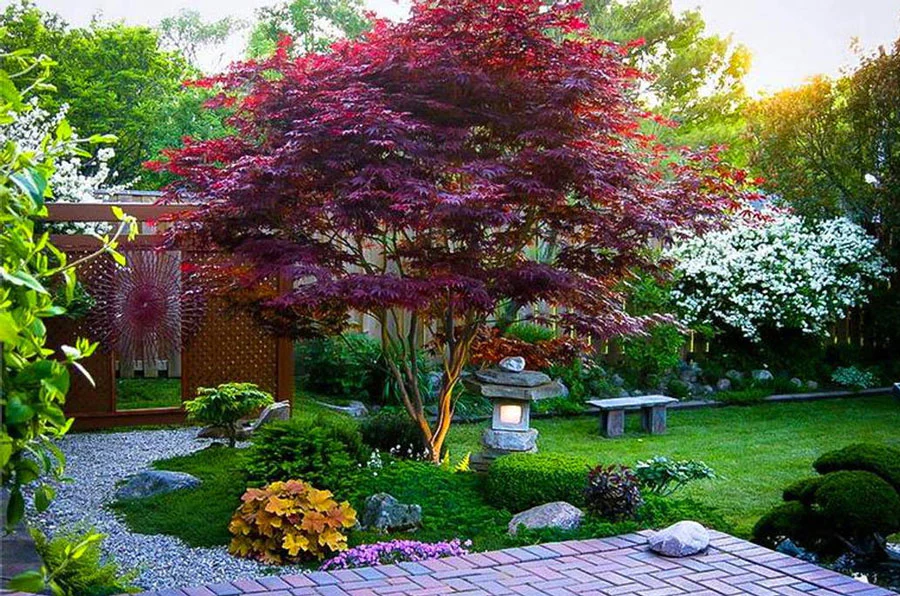
Soil: Patio trees need soil that is slightly acidic, with a pH of 6.0 to 6.5. You can use a soil test kit to check the pH of your soil and adjust it if needed by adding lime or sulfur. You can also add organic matter, such as compost, manure, or peat moss, to improve the soil structure, fertility, and water retention. You can also add a slow-release fertilizer, such as 10-10-10 or 20-20-20, to provide essential nutrients for your patio tree. You can also add a layer of mulch, such as bark, straw, or pine needles, to conserve moisture, prevent weeds, and regulate temperature.
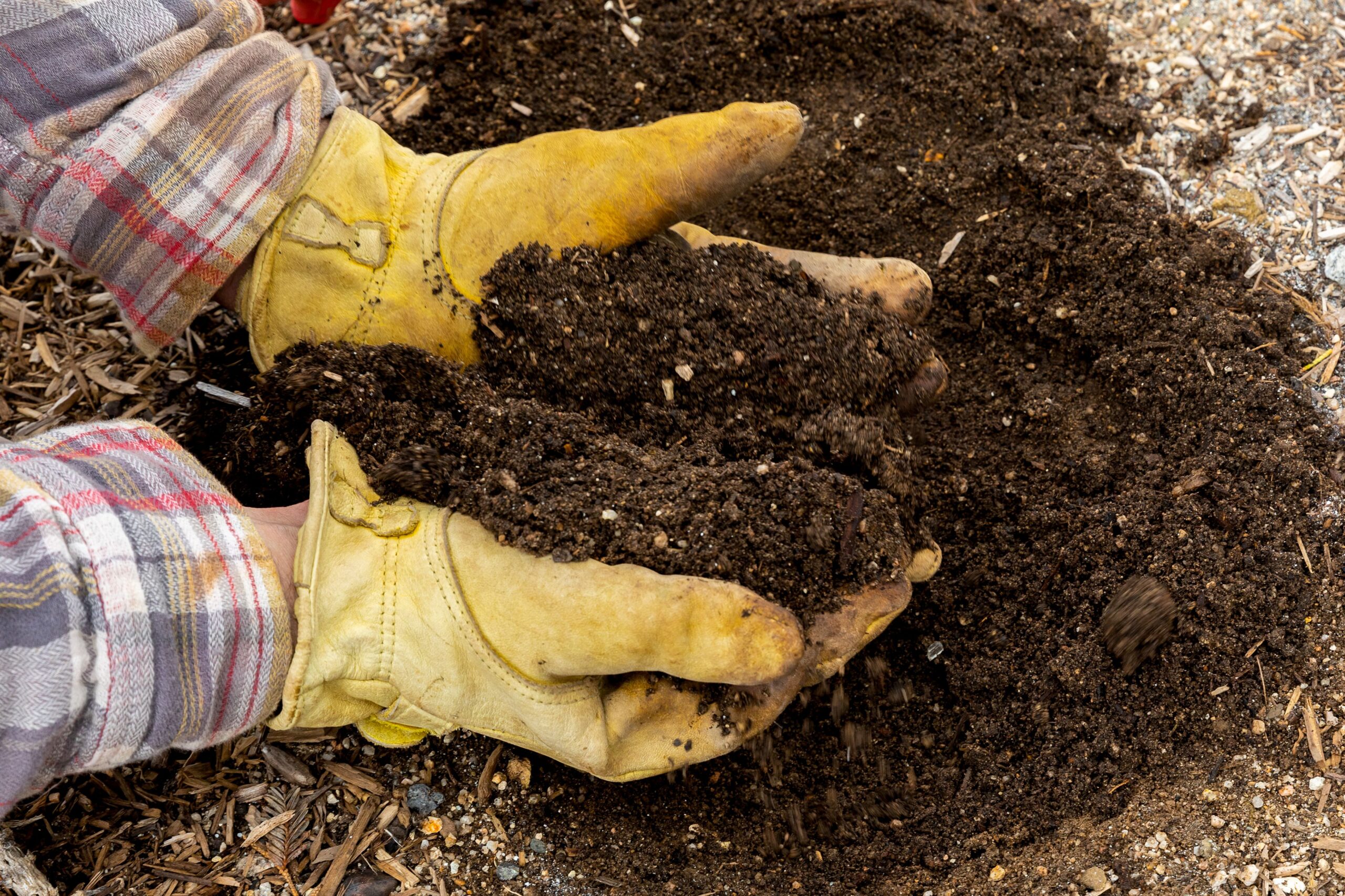
Planting: Patio trees need a hole that is slightly larger and deeper than their root ball and a soil level that is slightly higher than their original level. You can use a trowel, shovel, or spade to dig the hole and a ruler or tape measure to check the size and depth. You can also use a knife or scissors to remove the nursery pot and a fork or rake to loosen the root ball. You can then place the root ball in the center of the hole and fill the hole with soil, gently tamping it down. You can also water, stake, and prune your patio tree after planting.
Caring for the patio tree throughout the seasons
The last step is to care for your patio tree throughout the seasons. Patio trees need regular watering, fertilizing, pruning, and protecting, depending on the season and the weather. Here are some tips on how to care for your patio tree throughout the seasons:
- Spring: This is the time when your patio tree starts to grow and bloom and needs more water and fertilizer. You should water your patio tree once or twice a week, depending on the rainfall and the soil moisture. You should also fertilize your patio tree once a month, using a balanced or high-nitrogen fertilizer, such as 10-10-10 or 20-10-10. You should also prune your patio tree in early spring, before the buds break, to remove any dead, diseased, or damaged branches and to shape and thin your patio tree.
- Summer: This is the time when your patio tree reaches its peak growth and fruiting and needs more water and less fertilizer. You should water your patio tree two or three times a week, depending on the temperature and the soil moisture. You should also fertilize your patio tree once every two months, using a low-nitrogen or high-phosphorus fertilizer, such as 5-10-10 or 10-20-20. You should also prune your patio tree in late summer, after the fruiting, to remove any suckers, water sprouts, or crossing branches and to encourage new growth.
- Fall: This is the time when your patio tree starts to prepare for winter and needs less water and no fertilizer. You should water your patio tree once a week, depending on the rainfall and the soil moisture. You should also stop fertilizing your patio tree in late fall, as this may stimulate new growth that is vulnerable to frost. You should also prune your patio tree in early fall, before the leaves drop, to remove any weak, broken, or diseased branches and to improve air circulation and light penetration.
- Winter: This is the time when your patio tree goes dormant and needs little or no water and protection from cold and wind. You should water your patio tree only when the soil is dry and the temperature is above freezing. You should also protect your patio tree from cold and wind by moving it indoors or to a garage or wrapping it with burlap, bubble wrap, or frost cloth. You should also prune your patio tree in late winter before the buds swell to remove any dead, diseased, or damaged branches and to stimulate new growth.
Final Analysis
Patio trees are perfect for adding beauty and function to small spaces. They can provide shade, privacy, flowers, fruits, and fragrance to your outdoor living area. However, growing patio trees in Zone 4 can be challenging, as you need to choose cold, hardy, compact, and low-maintenance varieties and provide proper location, container, soil, planting, and maintenance.
By following our tips, you will be able to choose and grow patio trees for Zone 4 and enjoy their benefits and joys throughout the seasons. Do you have any questions or comments about patio trees for Zone 4? Please share them with us below.
Jl.Surjan
Disclosure: Our blog contains affiliate links to products. We may receive a commission for purchases made through these links. However, this does not impact our reviews and comparisons. We try our best to keep things fair and balanced, in order to help you make the best choice for you.

